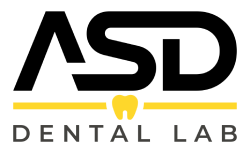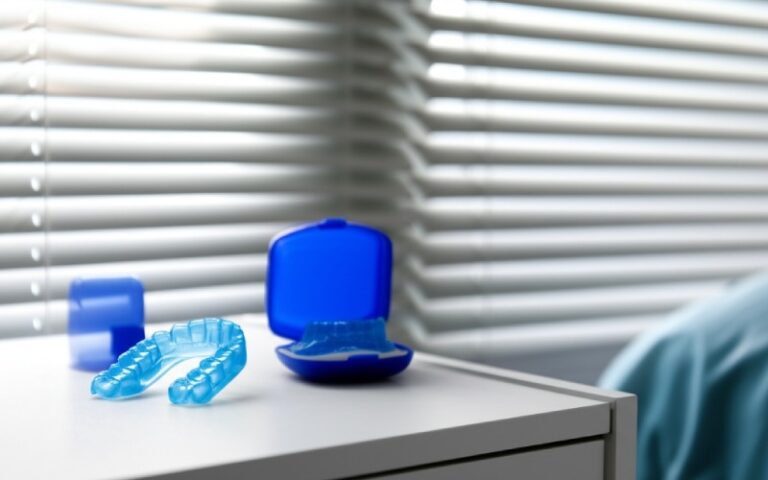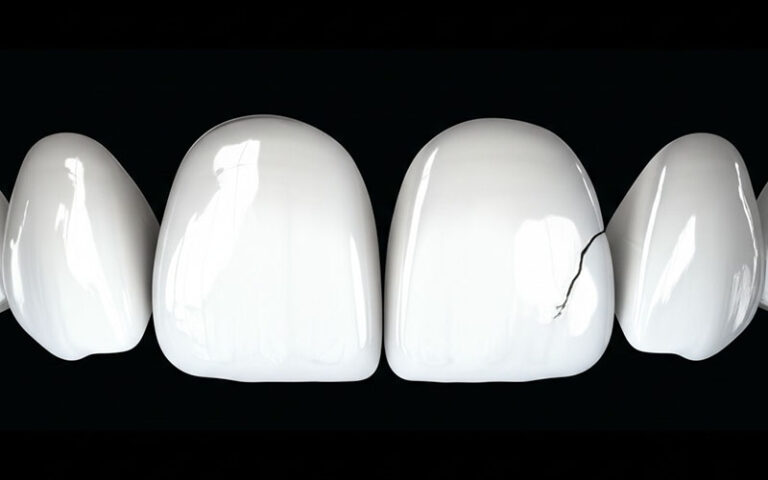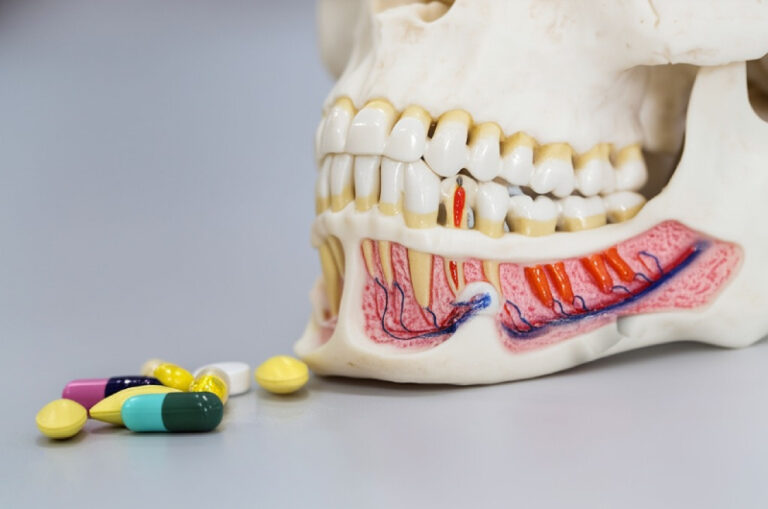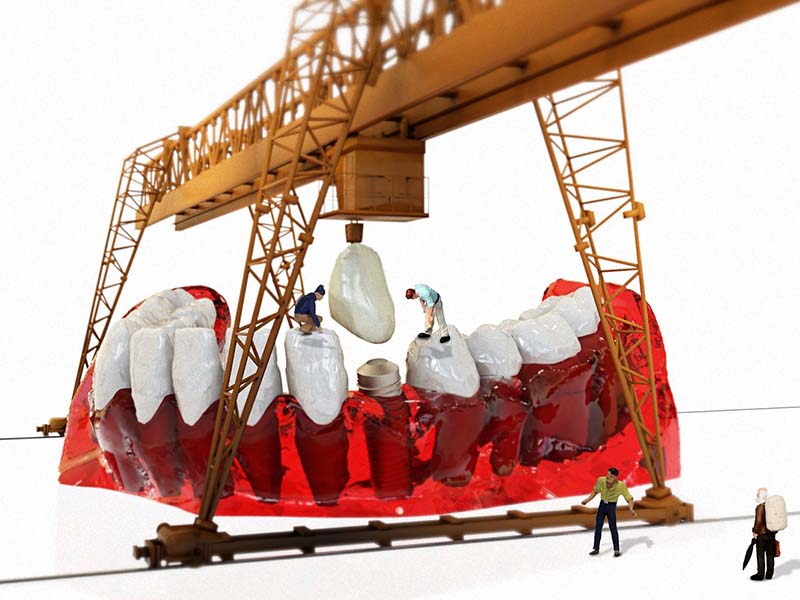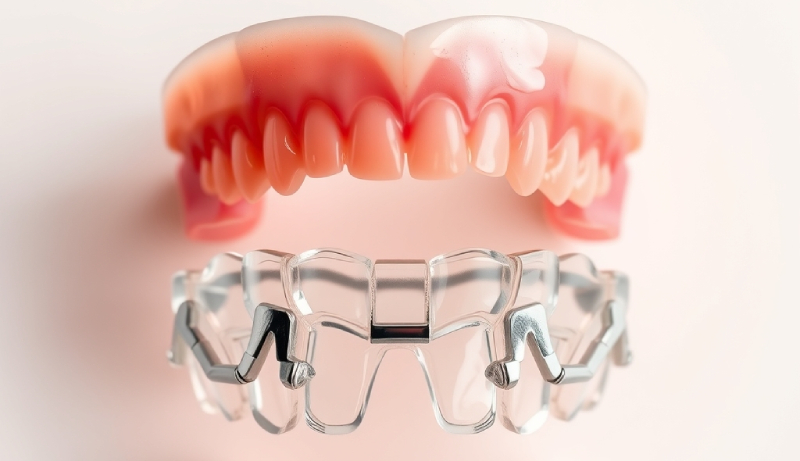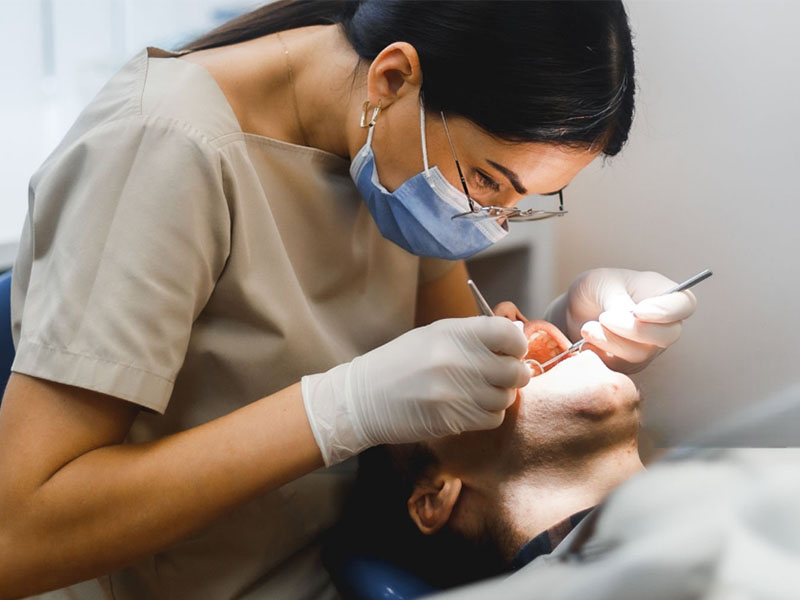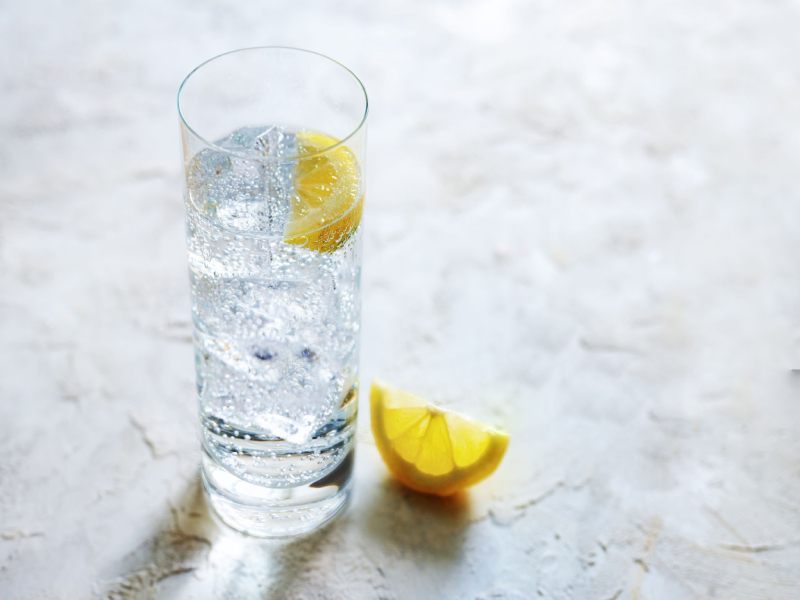
Can You Really Get Rid of Tartar From Teeth Without a Dentist? Understanding Home Methods & Risks
Tartar can creep up on anyone. You brush your teeth each day, but suddenly your teeth feel rough and your gums look puffy. This article answers a big question: can you really get rid of tartar at home—and is it safe? Come see which methods work, which ones don’t, and just when you really need to see a dentist. If you want a bright, healthy smile, you should read everything!
What Is Tartar and Why Should You Care?
Tartar is a hard, yellow or brown stuff that sticks to your teeth. But how does it get there? It starts with plaque, which is a soft, sticky layer made from germs, food, and your spit. If you don’t clean away plaque, it turns into tartar in just a day or two.
Tartar isn’t just ugly. It gives germs a place to live and makes your gums red and swollen. If you leave it, you can get gingivitis or even periodontitis, which means your gums, teeth, and even your jawbone can get damaged. That’s not just about looks—it can mean pain, bad breath (halitosis), and cavities. All this trouble comes from something so small!
Why Is Tartar So Hard to Get Rid Of?
You might think, “Why can’t I just brush tartar off like food?” The thing is, tartar is super tough. When plaque turns into tartar, it sticks to your enamel with minerals. Your toothbrush can’t take it off. Even floss can’t always get it, especially if tartar is hiding under your gums.
Dentists use special tools, machines, and a lot of know-how to get tartar off—without hurting your gums or tooth enamel. At home, it’s almost impossible to reach those tough spots or get tartar that’s buried deeper.
Plaque vs. Tartar: What’s the Difference?
People mix up plaque and tartar all the time, but they’re not the same.
- Plaque is soft and sticky. You can brush and floss it off every day.
- Tartar is hard as a rock. It forms if you leave plaque on your teeth too long. Once tartar shows up, you can’t get rid of it just by brushing.
If you feel rough spots behind your teeth or see yellow, crusty stuff near your gums, that’s probably tartar. If you don’t do something about it, bigger problems will come.
What’s So Bad About Ignoring Tartar?
Here’s where it gets serious. Tartar doesn’t just sit there looking gross. It can cause:
- Gum disease: Your gums get swollen, bleed, and can even start to pull away from your teeth.
- Tooth decay: Tartar traps germs next to your enamel, making holes called cavities.
- Bad breath: All those germs make your breath stink (halitosis).
- Yellow teeth: Tartar picks up stains quickly, especially if you drink coffee, tea, or smoke.
Worse, tartar can go under your gums and hurt the roots and bone. That’s why dentists care so much about cleaning it out.
Can You Really Remove Tartar Without a Dentist?
Let’s be honest: you can’t really get rid of hard tartar by yourself. I’ve tried—it doesn’t work. You might see ads for at-home dental tools, DIY tartar kits, or home tricks. But most don’t work, and some are actually dangerous.
Dentists use sharp tools and even special ultrasonic devices that shake tartar loose. They know just how deep to go without hurting your enamel or making things worse under your gums. At home, it’s easy to scratch your teeth, cut your gums, or need more dental work later.

What Happens if You Try DIY Tartar Removal?
You might want to try a dental pick from the drugstore. Or maybe you’ve seen people on TikTok using baking soda or swishing apple cider vinegar. Here’s what can go bad:
- You could scrape off enamel—which you can’t get back.
- You might poke your gums, making them bleed or get infected.
- Hydrogen peroxide and charcoal can hurt sensitive areas.
- Acidic things like lemon juice or vinegar can make your teeth soft.
These methods don’t just fail, they can leave you with even more mouth problems.
What Are Safe Ways to Control Plaque and Stop Tartar at Home?
Here’s some good news: you can stop tartar before it starts! You just need good oral care and some smart products.
Daily Brushing
Always use a soft toothbrush and fluoride toothpaste. Electric toothbrushes, like sonic or spinning ones, clean your teeth better. Brush two times each day for two full minutes. Brush every side of every tooth and don’t forget behind your front bottom teeth—tartar loves to hide there.
Flossing and Cleaning Between Teeth
Clean between your teeth—use floss, tiny brushes, or a water flosser. This gets rid of sticky plaque before it gets hard. If flossing hurts, ask your dentist about other options.
Use Mouthwash
Antiseptic mouthwash kills germs in your mouth. Look for a kind with an ADA seal or chlorhexidine for gum health. Swish after you brush and floss.
Eat Smart
Sugary snacks and sodas feed bad germs. Try crunchy veggies like celery and carrots—they help clean teeth naturally! Drink plenty of water to rinse away bits of food.
Are There Home Remedies That Actually Work?
It’s tempting to try stuff you find online, but be careful. Here are some popular homemade tricks and what you need to know:
Baking Soda
It’s a gentle scrub. It can clean up some stains and cut down germs, but it won’t get rid of hard tartar. Brush with it once a week—if you use it too much, you’ll wear down your enamel.
Coconut Oil Pulling
Swishing coconut oil in your mouth for 10 minutes feels odd, but it can cut down germs and make your breath fresh. But don’t expect it to get rid of tartar. Think of it as a bonus, not a fix.
Hydrogen Peroxide
A watered-down rinse (half water, half 3% hydrogen peroxide) can help clean your mouth, but use it carefully. It won’t remove tartar—it just helps with germs and might make teeth look a bit lighter.
Apple Cider Vinegar and Lemon Juice
Don’t use these unless your dentist says so. Both are really sour and can eat away your enamel after a while. It’s better to say no to acids on your teeth.
Activated Charcoal
It sounds cool, but it’s rough on teeth. Charcoal can scratch up your enamel and make it even easier for stains and tartar to stick.
Should You Use Dental Tools at Home?
Short answer: No.
Using sharp tools or picks is risky—unless you’re a dentist. I tried it once and cut my gums so much they bled for days. These tools can push tartar under your gums or give you an infection.
Safe home care does not mean using metal scrapers. Stick with brushing, flossing, and the right toothpaste.
When Should You See a Dentist No Matter What?
Some things you should always let a dentist handle. Go see your dentist if you find:
- Hard spots you can’t brush off
- Red, swollen, or bleeding gums (gingivitis or periodontitis)
- Bad breath that won’t leave
- Pain, swelling, or teeth that feel loose
- Pain with hot or cold foods and drinks
Dentists use special tools, x-rays, and their know-how to clean away tartar—even when it’s hard to reach. They can also spot problems before you feel pain.

What About Kids, Seniors, and People With Health Problems?
If you’re a parent, grandparent, or deal with diabetes or pregnancy, your teeth need more help. Tartar builds up faster if you have dry mouth, braces, or health problems.
Kids need help brushing and flossing until they’re about 8 years old. Older folks with stiff hands or memory problems might want an electric toothbrush or some help from family.
What Are the Best Dental Products for Home Use?
Using the right stuff at home helps a lot. Here are my favorites—and what my own dentist says to use:
- Electric toothbrush: Sonic or spinning brushes get rid of more plaque.
- Fluoride toothpaste: Look for “anti-tartar” or “tartar control” on the tube. Stuff like tetrasodium pyrophosphate and zinc citrate help stop tartar.
- Water flosser: Blasts gunk and sticky stuff from hard-to-reach places.
- Mouthwash: One with chlorhexidine or essential oils keeps germs away.
- Interdental brushes: Tiny brushes clean between teeth that have gaps.
These tools are easy to buy and work for everyone.
How Fast Does Tartar Form and How Can You Stop It Early?
Tartar can turn up in just one day if you skip cleaning. Brushing, flossing, and using mouthwash every day are your best bets. Here’s a simple routine I use:
- Brush for two minutes with a soft brush—morning and night.
- Floss every night—don’t skip!
- Swish with mouthwash before sleeping.
- Eat less sugar and junk food—go for fruits, veggies, water.
- See your dentist two times a year, even if you feel fine.
Stopping tartar before it starts saves time, money, and pain.
What’s the Bottom Line on Removing Tartar at Home?
After writing about teeth for years and talking to real dentists, here’s the simple answer: you can stop tartar at home. But if you already have it, only a pro can get rid of it. Using good brushes, floss, and mouthwash keeps your teeth clean and your gums happy.
Trying to scrape or melt tartar at home is a risk. If you want a healthy mouth—and a nice smile—don’t skip dental visits. Stopping trouble is always easier (and cheaper) than fixing it later.
Frequently Asked Questions
Can mouthwash remove tartar from my teeth?
No. Mouthwash can help kill germs and make your breath fresh, but it can’t get rid of hard tartar. Only your dentist can do that.
Is baking soda safe for daily brushing?
Not every day. Baking soda is OK a couple of times a week, but it can wear away your enamel if you use it a lot.
What ingredients stop tartar?
Tetrasodium pyrophosphate and zinc citrate help fight tartar. Fluoride toothpaste also keeps away tooth decay.
How does tartar cause gum disease?
Tartar traps germs at your gum line. Your gums get swollen, bleed, and can even start to move away from your teeth. After a while, the germs can get to the bone!
Can kids get tartar?
Yes! Tartar doesn’t care how old you are. Teach kids to brush and floss early, and help them get the spots that are hard to reach.
Quick Table: At-Home Tartar Solutions
| Solution | Removes Tartar? | Risks | Dentist Approved? |
|---|---|---|---|
| Brushing & Flossing | No (prevents) | None if done right | Yes |
| Baking Soda | No (whitens) | Rough with too much | Sometimes |
| Coconut Oil Pulling | No (bacteria) | Very safe | Neutral |
| Vinegar/Lemon Juice | No | Can wear away enamel | No |
| Activated Charcoal | No | Very rough | No |
| DIY Dental Scaler | Maybe (danger) | Cuts, gum problems, germs | No |
| Water Flosser | No (prevents) | Very safe | Yes |
Important Points To Remember
- You can’t scrape away hard tartar at home—see your dentist.
- Plaque is soft; brush and floss it away before it gets hard!
- Using hard tools or sour stuff at home is risky.
- Regular brushing, flossing, and check-ups stop tartar.
- Kids, older folks, and people with health troubles need extra help.
- Use products with fluoride, anti-tartar stuff, and soft brushes.
- Don’t skip appointments—stopping problems saves your smile.
- A clean mouth means a healthy body. Your teeth will be glad you did!
References:
- American Dental Association. “How to Prevent Tartar.” MouthHealthy.org.
- Mayo Clinic. “Dental Plaque and Tartar.” mayoclinic.org.
- Academy of General Dentistry. “The Dangers of Plaque and Tartar.” AGD.org.
- WebMD. “Home Remedies for Tartar Control.” webmd.com.
If you care about your smile, stick with the basics, be careful with “miracle” home tricks, and call your dentist for the tough stuff!
